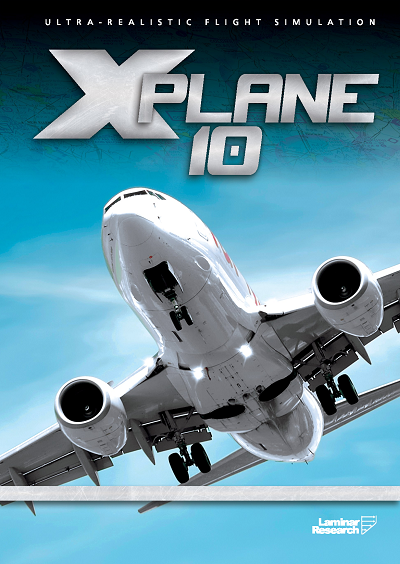
- #X PLANE 10 MOBILE ADD ONS INSTALL#
- #X PLANE 10 MOBILE ADD ONS MANUAL#
- #X PLANE 10 MOBILE ADD ONS SOFTWARE#
#X PLANE 10 MOBILE ADD ONS INSTALL#
Note: Before installing any add-on it is important to check its legal terms, conditions and license agreement to ensure you can install and run the add-on in the environment and deployment that you are planning to. You can add a FSX registry key pointed to your Prepar3D installation folder using one of these tools so that the FSX-specific installers will now be able to be installed into your Prepar3D installation folder. You might consider adding another free little add-on from this site, which helps to improve the overall feeling (especially in large, agriculture / pastures dominated regions): X-Plane 10 Tree Lines and Farms v2 Bonus experimental (dense) forests. There are several tools available online (one by TweakFS titled ‘FSX Registry Utility’) that will allow you to add a FSX registry key to your computer pointing to a location of your choice. While most add-ons developed for FSX and ESP will install and run without issue, there are certain install packages which are hard-coded to only install into a FSX installation folder dictated by a FSX installation registry key on your computer.

#X PLANE 10 MOBILE ADD ONS MANUAL#
Note: The Scenery.cfg file at the root directory where Prepar3D.exe is located should not be edited and that any manual editing of the Scenery.cfg file could result in unwanted scenery configuration errors. 3D Model: External, Cockpit and Cabin 3D objects modelled and animated.
#X PLANE 10 MOBILE ADD ONS SOFTWARE#
Windows 10: C:\ProgramData\Lockheed Martin\Prepar3D (version)Ī detailed article about adding scenery is available in the Prepar3D Learning Center under the article, Scenery Library. The JD340-500 Airliner for X-Plane 11 is a simulation software (add-on for X-Plane 11 simulator) of long- range, wide-body passenger jet airliner. Windows XP: C:\Documents and Settings\All Users\Application Data\Lockheed Martin\Prepar3D Vista/Windows 7: C:\Users\(user name here)\AppData\Roaming\Lockheed Martin\Prepar3D You may also manually edit this file using a text editing program such as notepad.exe. The Scenery.cfg file stores the changes you make to your Scenery Library through the Prepar3D User Interface. To access the Scenery Library from inside the simulation: You can use the Scenery Library to find, add, delete, and organize scenery, or to add, delete, or modify the cache of the scenery files that load as you fly between scenery areas.

There is a great deal of custom scenery available on the Internet, created by third parties. *If another folder is preferred, the aircraft add-on will need to be registered by modifying the add-ons.cfg file located at C:\ProgramData\Lockheed Martin\Prepar3D v with the path of your add-on aircraft. The Aircraft_Name folder and all of its contents should be copied to the following folder: Most aircraft add-ons come as an ‘Aircraft_Name’ folder named according to the aircraft’s name (e.g., F-35 Lightning II) with contains the aircraft contents. In most cases, it is not appropriate overwrite any files (i.e., if a file with the same name as one being copied already exists in the directory, do not overwrite the existing file with the new one).

To install aircraft add-ons for Prepar3D, a number of files must be copied to existing Prepar3D folders. Prepar3D is fully compatible with FSX SP2 add-ons, including freeware and payware applications. These add-ons can improve your Prepar3D experience. Prepar3D® has the capability of being enhanced by adding add-ons of Aircraft, Scenery, Missions and more.


 0 kommentar(er)
0 kommentar(er)
